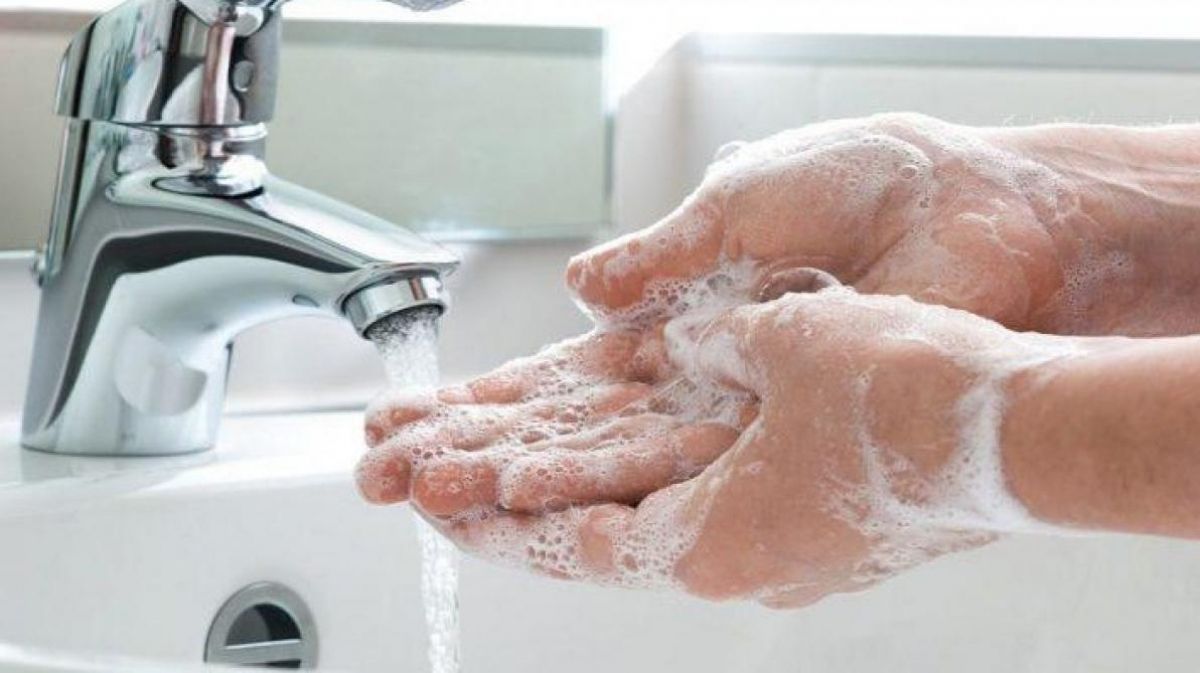We are told that we must practice social distancing. Easy enough, especially if we go out.
We are told that we need to wash out hands for 20 seconds with soapy water. Easy enough to do.
We are told we need to sanitize and sanitize some more. We need to sanitize, clean and disinfect our homes and places (work still goes on for some) we spend time in.
How do we do that - not all cleaning jobs are created equal?
Cleaning is about organizing and wiping down surfaces. Countertops, table surfaces, door frames, door handles!
Use an all-purpose cleaner, as they are made to lift and remove visible smudges, spots, stains, and debris from surfaces - the goal of cleaning is to make the place look and feel good (and smell nice.)
Our kitchen counters, taps, doorknobs, plates and utensils/glasses need a stronger treatment in light of what is taking place. Cleaning by itself won’t kill germs like bacteria, viruses, or fungi.
We are told that we need to wash out hands for 20 seconds with soapy water. Easy enough to do.
We are told we need to sanitize and sanitize some more. We need to sanitize, clean and disinfect our homes and places (work still goes on for some) we spend time in.
How do we do that - not all cleaning jobs are created equal?
Cleaning is about organizing and wiping down surfaces. Countertops, table surfaces, door frames, door handles!
Use an all-purpose cleaner, as they are made to lift and remove visible smudges, spots, stains, and debris from surfaces - the goal of cleaning is to make the place look and feel good (and smell nice.)
Our kitchen counters, taps, doorknobs, plates and utensils/glasses need a stronger treatment in light of what is taking place. Cleaning by itself won’t kill germs like bacteria, viruses, or fungi.
Sanitizing Versus Disinfecting
Sanitizing and disinfecting aim to reduce the amount of contamination present on a surface.
The word “sanitizing” refers to a solution that should reduce the number of germs on a surface by 99.9 percent or more.
The word “disinfecting” regarding chemical products means they are designed to “kill virtually everything” on a surface.
Sanitizing is necessary for surfaces that come in contact with food.
Sanitizing can be done without chemicals. You can use the washing machine, dishwasher, steam cleaner, boiling water that brings items into contact with extreme heat (at least 170 degrees) to kill bacteria and other germs.
To disinfect every last bit of contamination in a space a good disinfectant spray will be needed do the job. Disinfecting should effectively stop the spread of diseases and viruses. To be effective, disinfecting solutions need to remain in contact with the surface for a specified length of time - Clorox Wipes direct you to wipe the surface “using enough wipes for the treated surface to remain visibly wet for four minutes!
Remember to clean before disinfecting! Remember too that disinfecting too often actually ends up creating a problem, germs get used to the solution, mutate and then become very difficult to eradicate.
Household bleach can be used as a sanitizer or a disinfectant.
Sanitizing and disinfecting aim to reduce the amount of contamination present on a surface.
The word “sanitizing” refers to a solution that should reduce the number of germs on a surface by 99.9 percent or more.
The word “disinfecting” regarding chemical products means they are designed to “kill virtually everything” on a surface.
Sanitizing is necessary for surfaces that come in contact with food.
Sanitizing can be done without chemicals. You can use the washing machine, dishwasher, steam cleaner, boiling water that brings items into contact with extreme heat (at least 170 degrees) to kill bacteria and other germs.
To disinfect every last bit of contamination in a space a good disinfectant spray will be needed do the job. Disinfecting should effectively stop the spread of diseases and viruses. To be effective, disinfecting solutions need to remain in contact with the surface for a specified length of time - Clorox Wipes direct you to wipe the surface “using enough wipes for the treated surface to remain visibly wet for four minutes!
Remember to clean before disinfecting! Remember too that disinfecting too often actually ends up creating a problem, germs get used to the solution, mutate and then become very difficult to eradicate.
Household bleach can be used as a sanitizer or a disinfectant.

